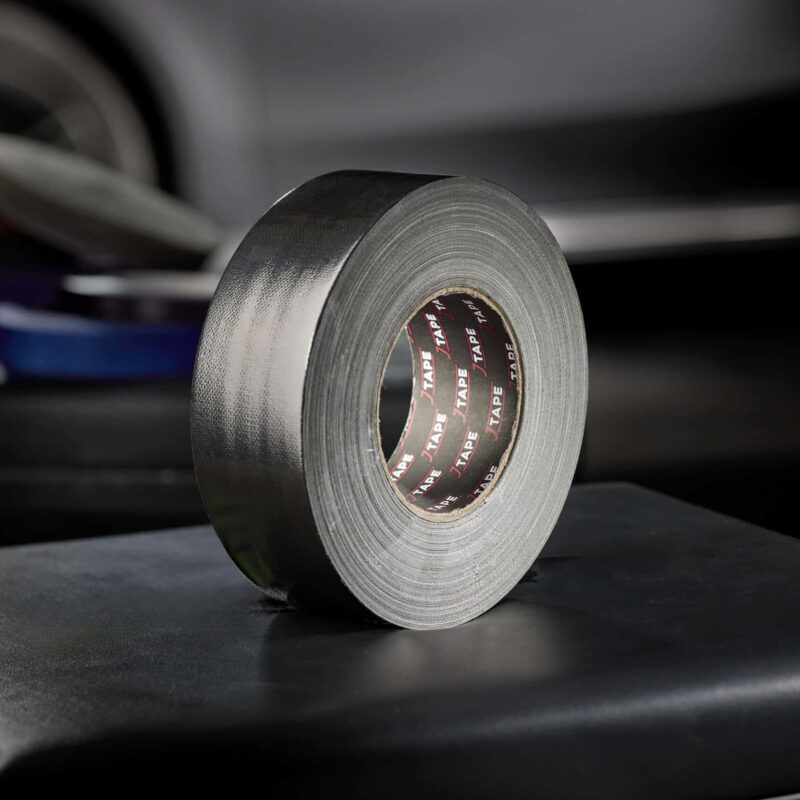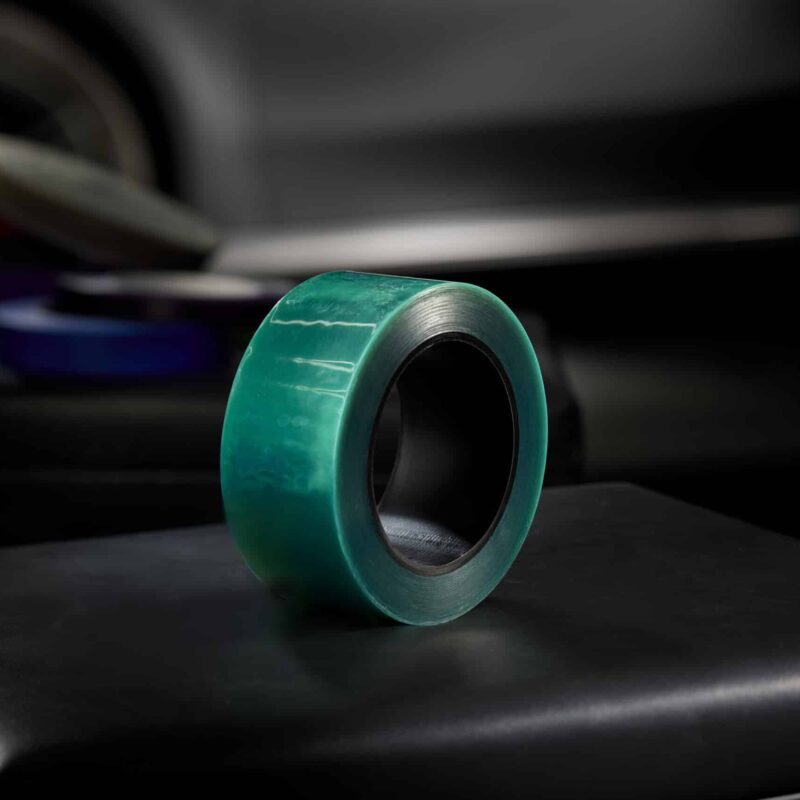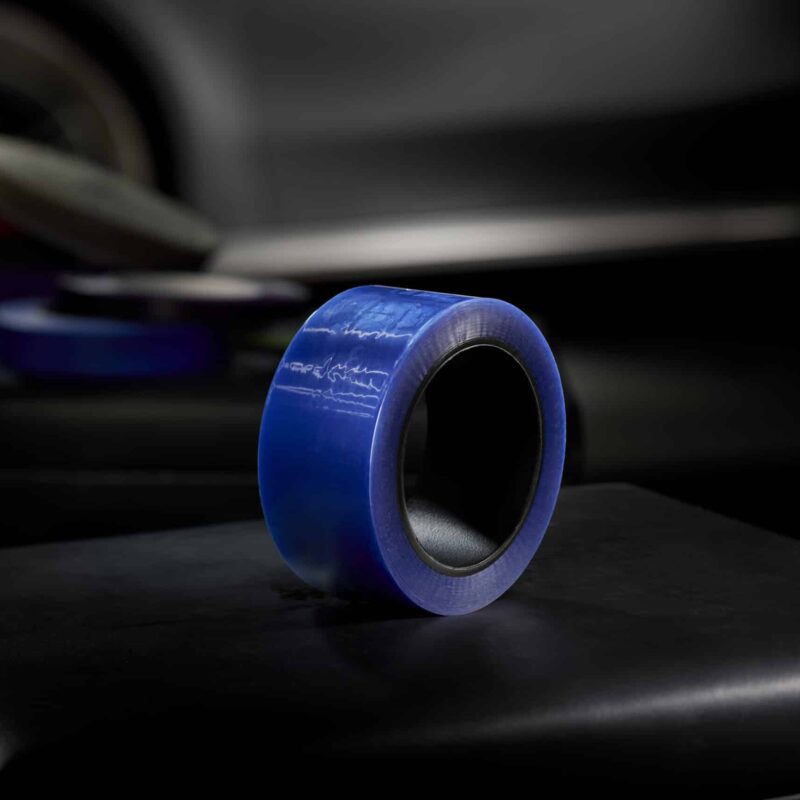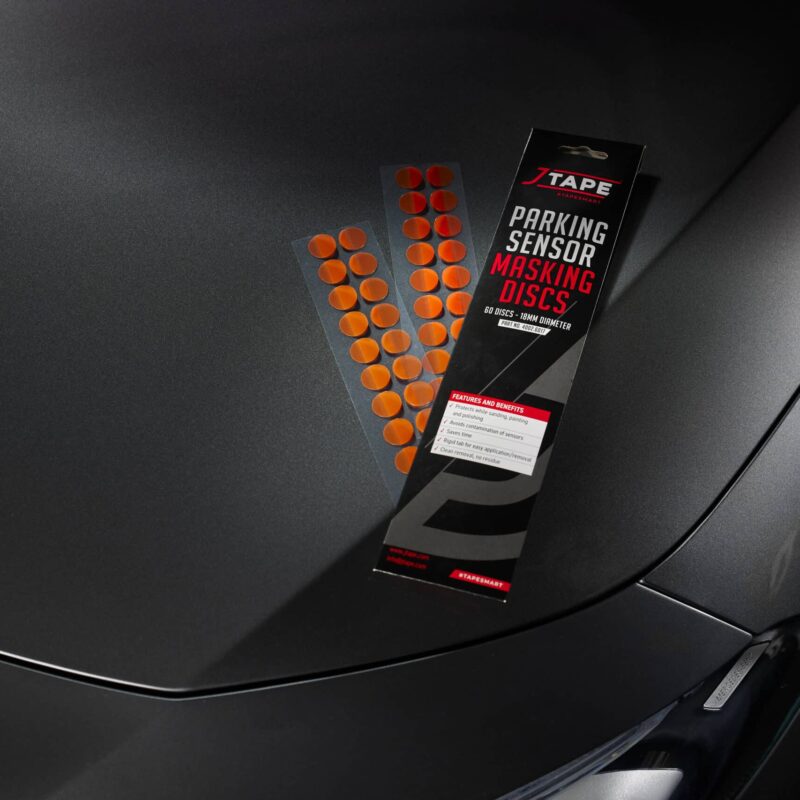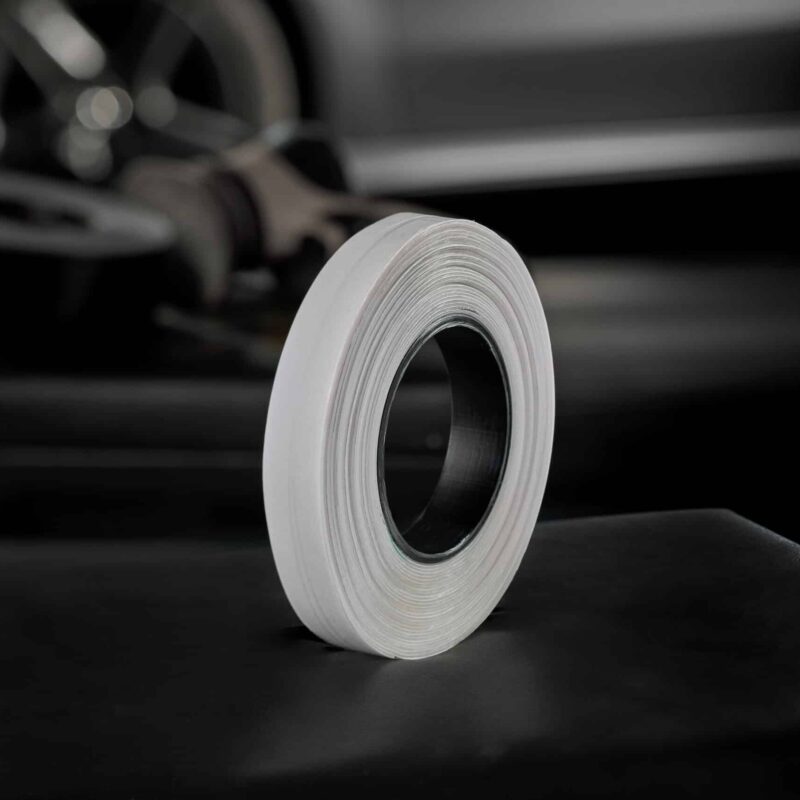DISCOVER JTAPE PROTECTION TAPES
Whether you need a simple high-tack cloth tape or aluminium tape to provide superior heat protection, you can trust our range of Protection Tapes.

PROTECTION TAPES
Cloth and protection tapes are typically used to create barriers, make temporary repairs, or provide light-duty seals. JTAPE Protection Tapes are high-quality, as well as being high-tack. From our material choices to the strength of our adhesives, we’ve created a wide range of tapes with all the most important properties to meet your needs.
Complete the form to download our brochure
5 products found
FREQUENTLY ASKED QUESTIONS
What is protection tape?
Protection tapes, including General Purpose Cloth Tape, are a useful addition to any toolbox and are typically used to provide a barrier between a surface and the surrounding environment. They can also be used as a temporary repair, sealing pipes or creating a seal to protect the underlying surface, and marking areas on different surfaces.
Protection tapes can easily protect against abrasion, chemicals, light, and heat and depending on the type of material you want to protect, and depending on the use of the tape, you might need to choose a tape made from a specific material such as aluminium.
How do you use protection tape?
Protection tapes are simply applied to the area that requires covering. They use a pressure-sensitive adhesive and will conform closely to the surface shape preventing material from bleeding underneath them and potentially causing damage.
If a protection tape is being used for longer periods – for example, when using aluminium tape to protect a surface from an adjacent heat source – it’s important to check the tape regularly to ensure it remains in place correctly.
What are protection tapes made from?
A variety of different protection tape products are available that are suited to different uses.
Most protection tapes are manufactured from cloth with a hard-wearing PVC surface layer and a pressure-sensitive adhesive. These types of tape – like gaffer tape – are best suited to preventing abrasion.
Tapes with an aluminium foil layer are perfect for protecting against heat sources and reflecting some heat away to stop it from affecting the underlying paint.
Crepe tapes can be used for short-term protection during paint jobs and are often heat resistant, meaning they can be used throughout the paint preparation and drying process.
Does protection tape peel off easily?
Usually, protection tapes can simply be peeled off when no longer required and shouldn’t leave a residue or affect the underlying surface. However, if the tape has been left in place for an extended period, the adhesive may have started to degrade, and some residue might remain.
If the tape has been used in an area with a substantial amount of dust or dirt present, some of this may be left in the surrounding area and should be cleaned away before a new protective layer is added.
The types of adhesives used for protection tape should not damage the underlying material or cause paint to chip unless the paintwork is already damaged or loose.
Can you use protection tapes on plastics?
The adhesives used for protection tapes can be used to protect plastics from abrasion and minor impacts. Note that high ambient temperatures may affect plastics and cause them to melt or become misshapen.
Will protection tapes leave a residue?
The pressure-sensitive adhesive used on protection tapes should not leave a residue when removed under normal circumstances. However, if it has been left in place for an extended period, or been exposed to substantial amounts of debris, some material may be left behind when the tape is removed.
Cleaning the area using a suitable solvent that will not damage the protected area after removing the tape is recommended.
How long will protection tapes last?
The length of time that protection tape will last depends on the environment where it was used. While our protection tapes are hard-wearing, they can become damaged over time if they are subject to extreme levels of abrasion.
Ideally, you should check the tape regularly and replace it when it starts to show signs of wear to ensure that the area remains well-preserved.
Can protection tapes be re-used?
We would advise against re-using protection tapes. Over time, the tape absorbs the damage that would otherwise affect the area it is being used to protect, and as such it will begin to degrade. Once the tape has started to degrade, it should be removed and replaced to ensure maximum protection.
How do you remove protection tape?
Protection tape is tough and might take some extra effort to be properly removed. If you can’t loosen a free edge to simply pull the tape from the surface, it can often be helpful to soak the adhesive with rubbing alcohol. This should begin to dissolve the adhesive and allow you to remove the protection tape without leaving any residue behind.
Are duct tape and cloth tape the same thing?
There are many different kinds of cloth tape. Our range of JTAPE Cloth Tapes is manufactured as duct tape. Therefore, they are highly adhesive water-resistant tapes that use a layer of cloth for additional reinforcement.
Duct Tapes are used for a variety of different purposes, from short-term repairs to protection. Users can benefit from their combination of resilience and high tack glue which holds them in place on many different surfaces.
What is the difference between gaffer tape and duct tape?
Although they are similar, gaffer tape and duct or cloth tape are manufactured from different materials and are used for different purposes.
Gaffer’s tape has a vinyl coating whereas duct tape is coated in Polyethylene (PE). The two types of tape have a distinct appearance; while gaffer tape has a matt finish thanks to its vinyl coating, duct tape is highly reflective. Duct tape is also often stronger and tougher than gaffer tape when it comes to the adhesive used.
Is cloth tape waterproof?
Cloth tape is water resistant rather than waterproof. This means that it will keep moisture at bay for a time, but eventually, an over-exposure to water will cause the seal between the tape and the underlying surface to degrade at which point the tape will fail.
Cloth tape has a high tack adhesive and will stick to surfaces when there is a small amount of water present, and the seal will last long enough for emergency repairs. The durability of cloth tape is due to the layer of Polyethylene which protects the reinforcement layer of cloth and prevents this from weakening in water. The tape can typically endure quite extreme conditions.
